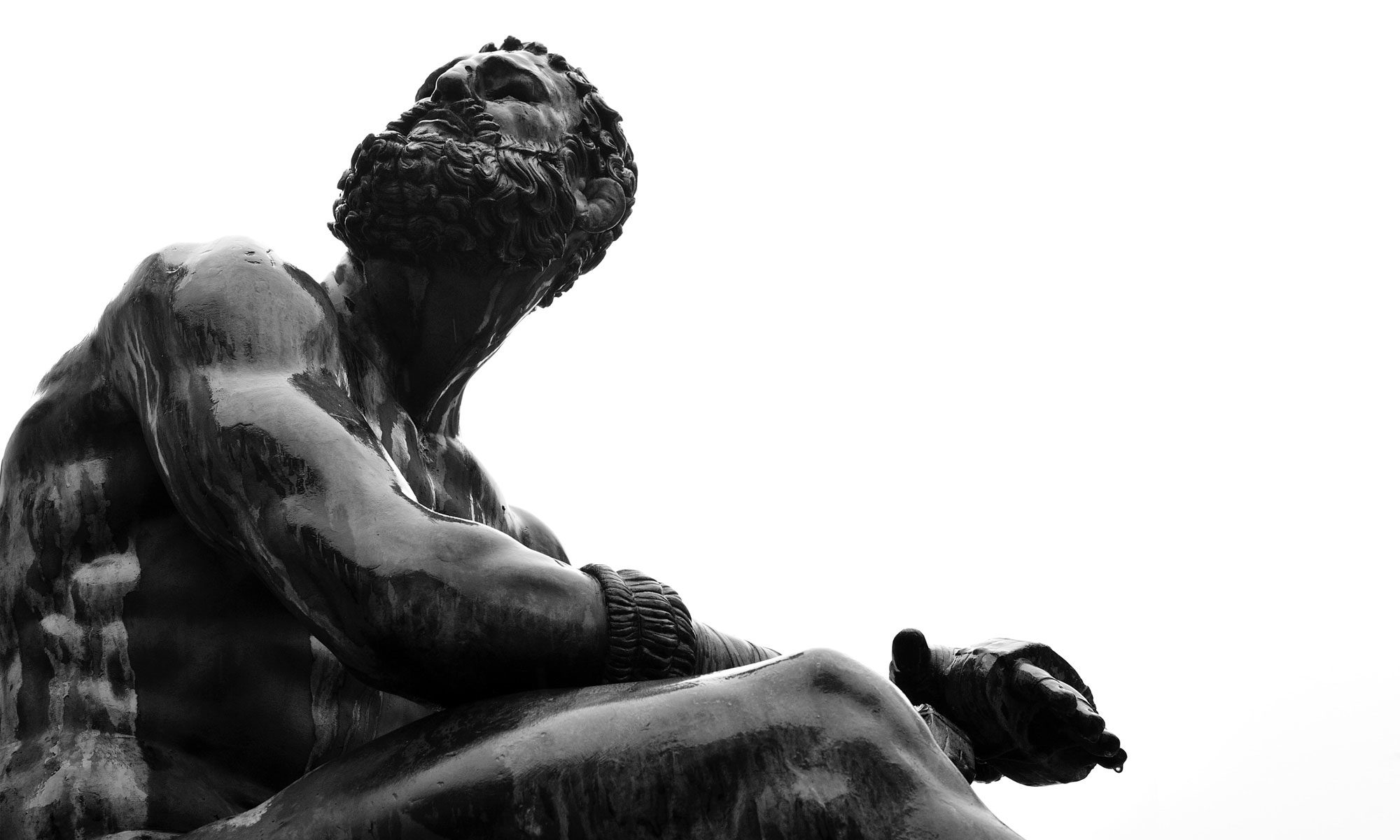In his 1951 book Credit for the Millions, author Richard Giles has just one data chart. It is used to document an extraordinary example illustrating the author’s thesis of the criticall role of credit unions providing loans for working class Americans.
The first two decades of the Decatur-Wabash Credit Union chartered in 1928 are told in a case study of a whole chapter, Working for the Railroad. The success of this state charter was so great that by 1945 the credit union’s loan outstandings of $1.005 million were over .80% of the total loan balances for all credit unions.
Following are highlights from the case study. Its evolution is a remarkable tribute to the power of cooperative credit.
A Roy Bergengren Beginning
The chief rail clerk of the Decatur roundhouse of the Wabash Railroad was Richard Long. He had read about the new credit union idea.
Railroad’s clerks need for credit was “insatiable.” Credit union founder Roy Bergengren made a brief transit stop in Decatur to change trains, met with Long and left the legal forms to start a credit union.
By yearend 1928 this new charter had 142 members, 44 borrowers, assess of $1, 738 and an average loan balance of $22.25. The following year the credit union “took off” with 732 members and total assets over $22,000. The average loan balance doubled in size.
Then the Great Depression hit. New loan balances fell from $40K per year to $10K. But in 1935 the credit union took three initiatives that recaptured its growth momentum. As industrial activity began to recover, the credit union opened its membership to all employees of the Wabash railroad from Buffalo to Omaha.
Secondly it offered life savings and loan protection insurance after CUNA was organized in 1935. Finally, to serve all Wabash employees, the credit union began payroll deduction for its savings and loan accounts. Credit union policy required a regular savings program to obtain a loan.
Membership took off growing from 1,000 in 1936 to 6,702 in 1949. The free life savings and loan protection insurance was an important benefit drawing new members. The treasurer (CEO) of the credit union stated the benefit was the primary reason for extraordinary growth. The author provides specific examples of insurance payments for individual accounts and circumstances.
The Member’s Voice
The one policy that was not universal among credit unions was the compulsory savings requirement to obtain a loan. As summarized by the author: “Most credit unions were afraid that it might alienate borrowers. The fact that it has not done so to any perceptible degree in Decatur-Wabash seems to prove that perseverance and sincerity can overcome almost any obstacle. Perhaps it should also be pointed out that the policy, like all the other Decatur-Wabash Principles is subject to review at all time by the membership, who can unseat their board of directors or reverse their policy at any time. The members have accepted compulsory savings because it presumably makes savers out of borrowers.” (pages 117-118)
The book’s purpose is to describe how critical credit unions were in meeting consumers’ need for credit. In this case study he describes the circumsances that made its lending so pivotal. Loans secured by savings were granted immediately. Emergency loans are granted by telephone. The two primary loan purposes were for medical expenses and household improvements. The credit union had not entered auto lending at that point.
Proving a Point
The only chart in this 200 page book is the yearend loan balances of all credit unions from 1940 through 1947 compared to Decatur-Wabash’s total loans outstanding (page 119). This one credit union’s loans grew from .25% to . 62% of all credit union outstandings in these eight years. The peak percentage was in 1945 at .80%.
In 1947 there were 8,930 active credit unions (3, 845 FCU’s and 5,085 state chaters). In less than one generation of leadership, Decatur-Wabash had become a leader showing how a single startup can lead an industry even in the uncertainty of the depression and the the financial priorities of WW II.
It is a case study which is a factual and detailed tribute to a remarkable run of performance and the power of democratic governance. My only question: What happened to this charter? I have not found the rest of the story, if anyone has this information.
